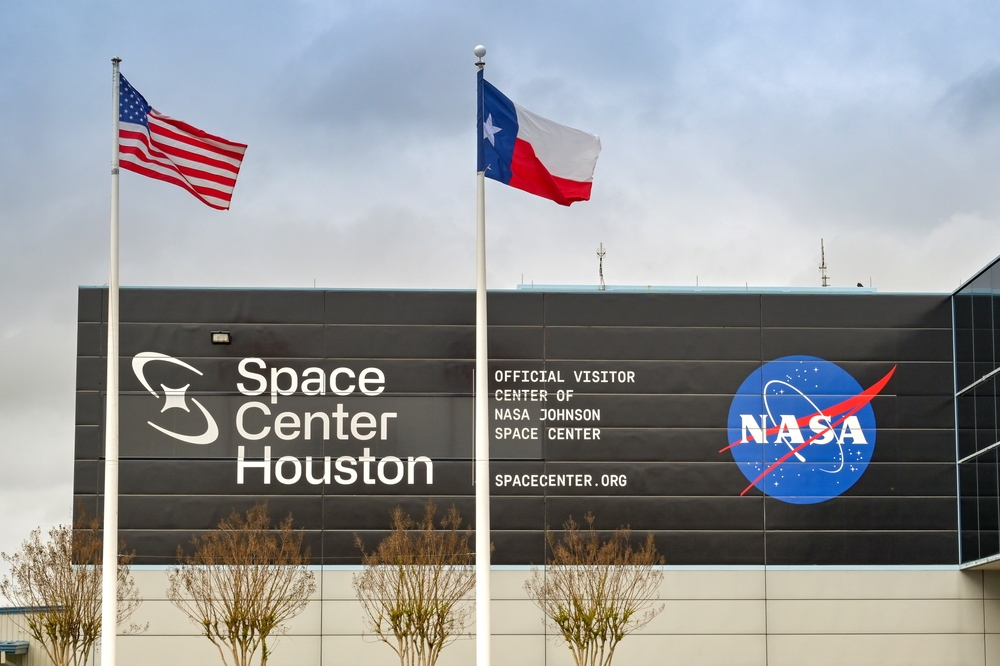The mission’s budget has increased to $11 billion.
Others are reading now
Mars has fascinated humans for centuries, yet much about the planet remains unknown.
While missions have provided valuable insights, many questions linger about its history, environment, and potential for life.
NASA’s ongoing efforts to explore Mars include the groundbreaking task of bringing samples from the planet’s surface to Earth, a mission that could answer some of the most profound questions about the Red Planet.
The Perseverance rover has been collecting samples from the Jezero Crater, a site thought to contain evidence of ancient lakes and possibly life.
Also read
Getting Back to Earth
While the rover’s collection process has been successful, transporting these samples back to Earth presents significant challenges, according to WP.
Rising costs and logistical issues have forced NASA to reassess its initial plan, which aimed to complete the mission by 2033.
Originally estimated at $7 billion, the mission’s budget has increased to $11 billion, with potential delays extending the timeline to 2040.
To address these obstacles, NASA is now considering two alternative strategies. A decision on the best approach is expected in 2026.
One option involves using the sky crane system, which was successfully employed to land the Perseverance rover on Mars.
This method would lower a lander to the Martian surface using rocket-powered cranes and cables. The estimated cost for this approach ranges between $6.6 and $7.7 billion.
The other option focuses on utilizing advanced technologies developed by private companies.
While details remain confidential to protect proprietary designs, this approach is expected to cost between $5.8 and $7.1 billion.
Regardless of which path NASA chooses, the mission will rely on a modified Mars Ascent Vehicle to transport the samples from the Martian surface to orbit.
From there, the European Space Agency’s Earth Return Orbiter will bring the materials to Earth, with a launch planned for as early as 2027.


